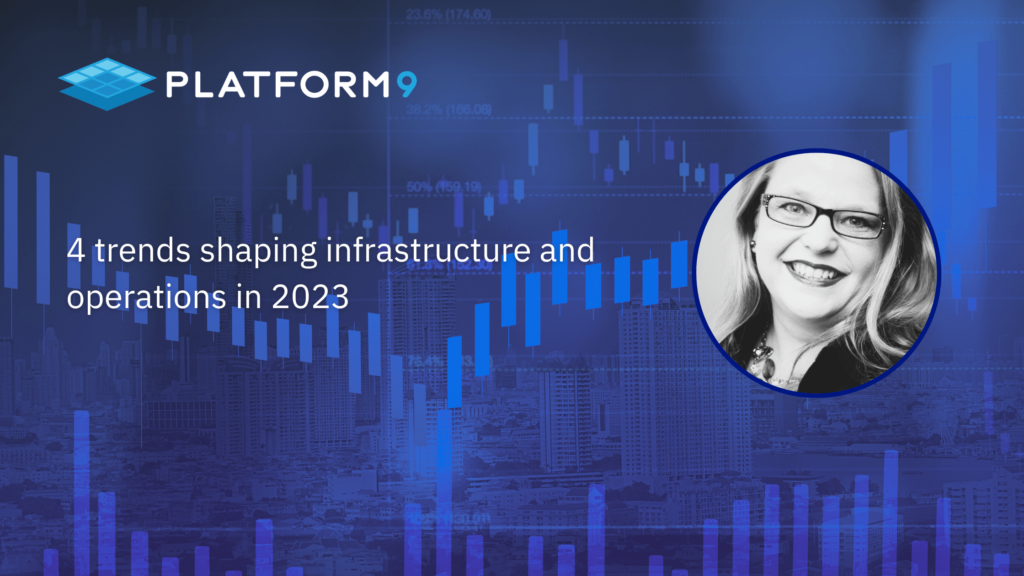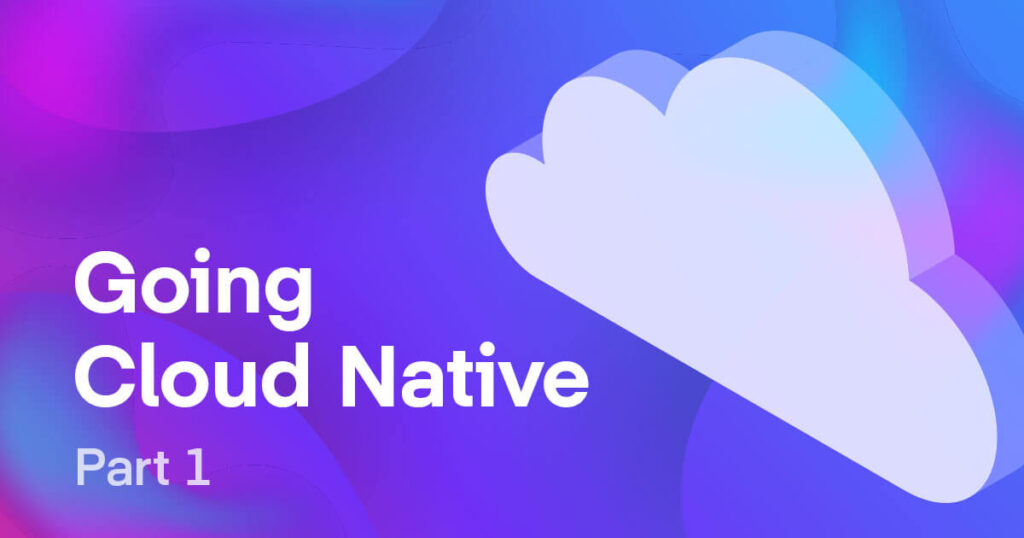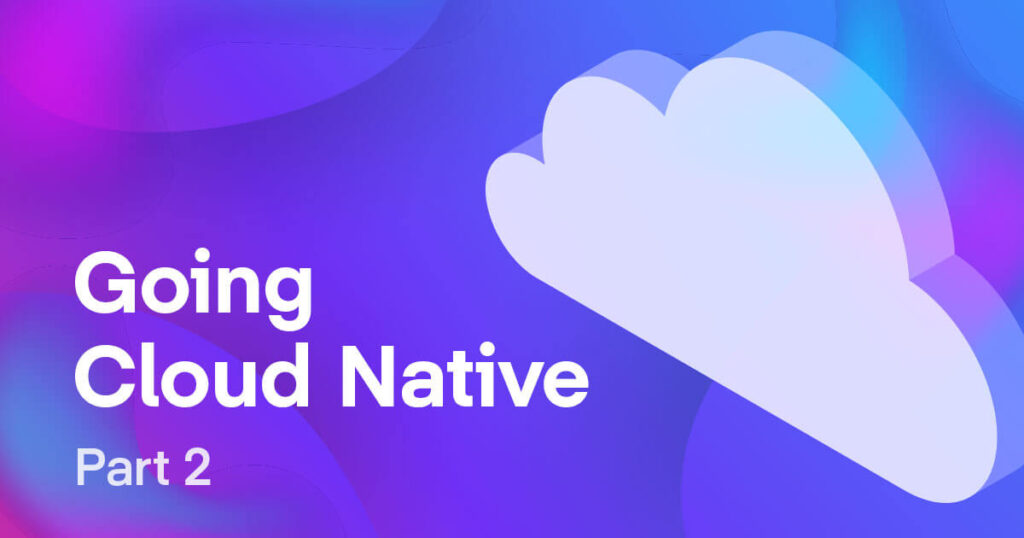While recent days have provided some glimmer of hope as far as a recovering economy is concerned, many of us are still dealing with the implications and impacts of the downturn. One area that has been affected has been infrastructure and operations within enterprises, who have, out of necessity, started looking at their projects and plans a little differently this year.
Gartner VP Analyst, Pual Delory, addressed this topic in May in a presentation at the Gartner IT Infrastructure, Operations & Cloud Strategies Conference in Sydney, Australia. Looking at trends shaping the future of cloud, data centers, and edge infrastructure, Delory called out four specific areas where I&O teams are being impacted by both economic and geopolitical situations.
“This won’t be a year to realize grand ambitions,” Delory said, “but it marks a moment to refocus, retool and rethink your infrastructure. In every crisis lies opportunity, and in this case, the chance to make positive changes that may be long overdue.”
Gartner’s four trends mirror much of what we’ve been seeing and hearing from customers and other tech leaders we’ve spoken to in the last few months. It’s worth examining each of these trends and investing time to understand which are not just applicable, but meaningful for your organization.
Four trends shaping infrastructure and operations in 2023
Trend 1: Cloud teams will optimize and refactor cloud infrastructure
The rush to the cloud left many organizations with sub-optimal implementations. Cloud infrastructure that was thrown together, ad hoc, or even over-engineered can be costly to operate and lack the resiliency, responsiveness, or efficiency that was hoped for.
In Flexera’s 2023 State of the Cloud Report, 82% of enterprises reported managing cloud spend as their number one challenge, with managing multi-cloud and lack of resources coming in a close second. The current climate is a good time for organizations to revisit the infrastructure choices of the past, taking this opportunity to optimize for cost, address technical debt, and remove redundant, overbuilt, or unused cloud infrastructure.
I&O leaders should consider what cloud implementations were hastily assembled or architected and what infrastructure choices were made in the past that might be slowing down the business today.
Deeper reading on Trend 1: The Goldilocks Guide to going cloud-native: How to find the perfect fit
Trend 2: New application architectures will demand new kinds of infrastructure
Customer and business expectations continue to fuel the desire for innovation, even during – perhaps especially during – economically challenging times. Supporting this innovation requires the adoption of new application architectures that can handle these modern workloads. For example, use cases like edge computing and AIML will stretch the limits of existing infrastructure.
These use cases, and others, marry well with containerization and technologies like Kubernetes. Gartner predicts 15% of on-prem production workloads will run on containers by 2026.
Now is a good time to consider optimizing existing traditional infrastructure – like virtual machines – to work alongside containers. Technologies like KubeVirt, for instance, bring virtualization and containerization together, eliminating the need to refactor VMs while still permitting the adoption of newer architectures. KubeVirt – which is a mature and proven open-source project – and other, similar solutions can improve your ability to manage, integrate, and transform in the face of budget and talent constraints.
It’s worth examining where your current infrastructure might be slowing your ability to adopt new application architectures. You should also take the time to look at what’s on the horizon – what innovations or architectures might you need to accommodate in the near future?
Deeper reading on Trend 2: How retailers can use edge computing to sharpen their business edge
Trend 3: Data center teams will adopt cloud principles on-premise
Not every workload is suited for cloud migration. Governance, regulations, and even data residency can stall a move to the cloud, or even eliminate it as an option.
According to a Fortinet survey, 58% of respondents indicated they will be running more than 50% of their workloads in the cloud. But 50% isn’t 100%. There are still workloads that will continue to reside on-prem. This is driving the need for data center teams to adopt cloud-native principles on their own infrastructure.
Of course, managing multi-cloud or hybrid infrastructure is complicated. Organizations need to be able to manage both cloud and on-prem infrastructure without adding significant operational complexity. Gartner predicts that 35% of data center infrastructure will be managed from a cloud-based control plane by 2027.
Answering questions like “What is the gap between what we use now and cloud-native?” and “Can we save by repatriating cloud implementations to existing, on-prem infrastructure?” can help guide your next steps in moving toward cloud-native principles in your own data centers.
Deeper reading on Trend 3: Breaking free from VMware’s uncertainty: How to save costs and future-proof your transition
Trend 4: Successful organizations will make skills growth their highest priority
The most crucial element of successful operations is the teams who run your infrastructure. It’s becoming more and more difficult, however, to acquire key and emerging skills. According to a Gartner survey of I&O leaders, 58% identified insufficient skills and resources as being among the biggest challenges to their I&O organization.
Smart companies will use this time to support training and re-skilling existing staff to be ready to manage updated architecture and infrastructure. Of course, bridging the gap between your organization’s skills needs today and the time it takes to re-train and upskill your teams is critical. Using tools that can be understood by both DevOps teams and virtualization admins, for instance, can smooth the transition and give these teams the time they need to gain knowledge and confidence in new areas.
Another option is to consider managed operations for newer infrastructure. This can allow you to continue to move forward while your teams get up to speed on cloud-native technologies and operations.
Start by looking at where the skills gaps on your I&O teams are today, and how the future might be impacted by those gaps. Also, consider strategies, like simplified tooling, that will give these teams the space needed to upskill without slowing down work on business priorities.
Deeper reading on Trend 4: Kubernetes PaaS or Not to PaaS
What’s next?
Interested in a more in-depth exploration of these trends, and how they apply to your organization? Schedule a short, no-obligation call with the experts at Platform9 for an executive brief on the topic and how each applies to your business’s unique situation.




